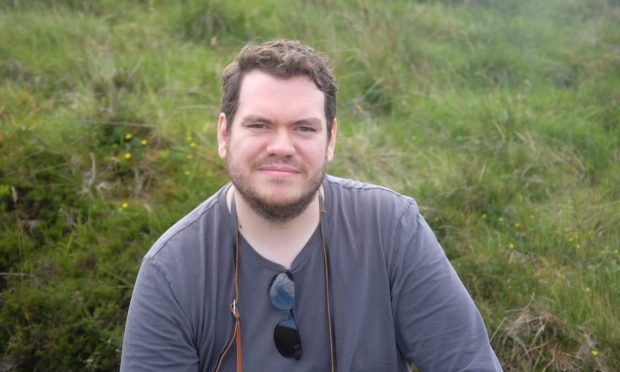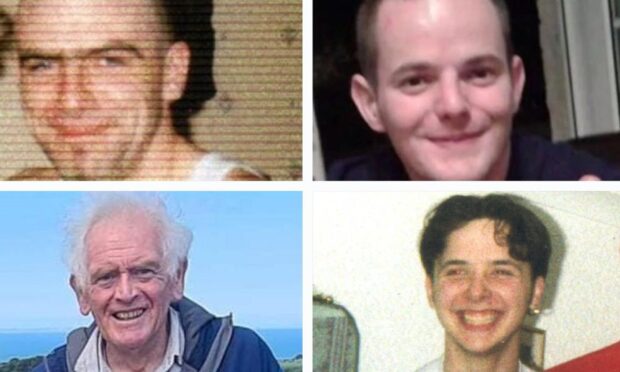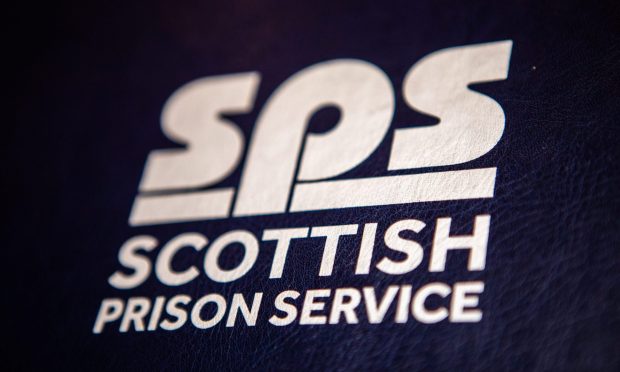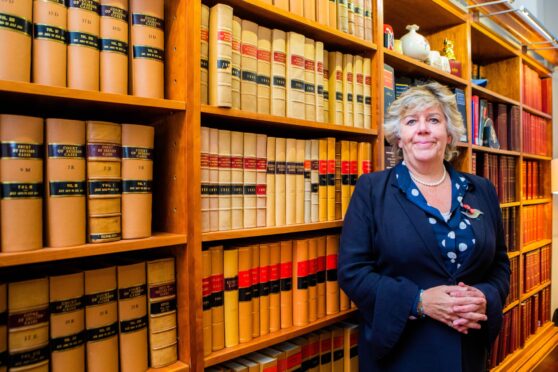Foodbank dependency has skyrocketed in Tayside and Fife as reliance on the handouts hits record levels in Scotland, says a charity.
There has been an 18% rise in referrals to the emergency food centres in Courier Country, according to figures released by the Trussell Trust.
They say that Scotland has emerged as the biggest user of the foodbanks in the UK, driven by benefit changes, delays and sanctions, as well as low incomes and job insecurity.
In Angus, 2,678 people went to foodbanks in 2015/16, a jump of 27.5% on the previous year. There was also surging demand in Dundee (18.5%), Perth and Kinross (17%) and Fife (8.4%), with the national figure going up by 17%.
Ewan Gurr, from the Trussell Trust, said the number of people not being able to afford to eat is “alarming”.
“The main increase has been to the numbers on low incomes, which is leaving people without enough to live on. In addition to that, almost half of referrals in Scotland are due to a benefit-related difficulty,” he said.
The trust said the figures appear to show a “disproportionately higher level of foodbank use in Scotland than any other part of the United Kingdom”.
A UK Government spokesman said it would be misleading to pin the rise on welfare reform. “The UK Government is determined to move to a higher wage society, introducing the new National Living Wage that will benefit over one million workers directly this year, and we’re also spending £80bn on working age benefits to ensure a strong safety for those who need it most. The vast majority of benefits are processed on time and the number of sanctions have actually gone down.”
The number of jobseekers’ allowance sanctions imposed had dropped by 55% from 2013/14 to the following years, according to UK Government figures.
An SNP spokesman said they will set up a Scottish Social Security Agency which “rejects the punitive approach” taken at Westminster and is working hard to increase the number of employers who pay the £8.25 Living Wage.
“The growth in foodbanks continues to be hugely concerning – and it is a disgrace that the Tories’ benefits regime is driving people into food poverty,” he added.






